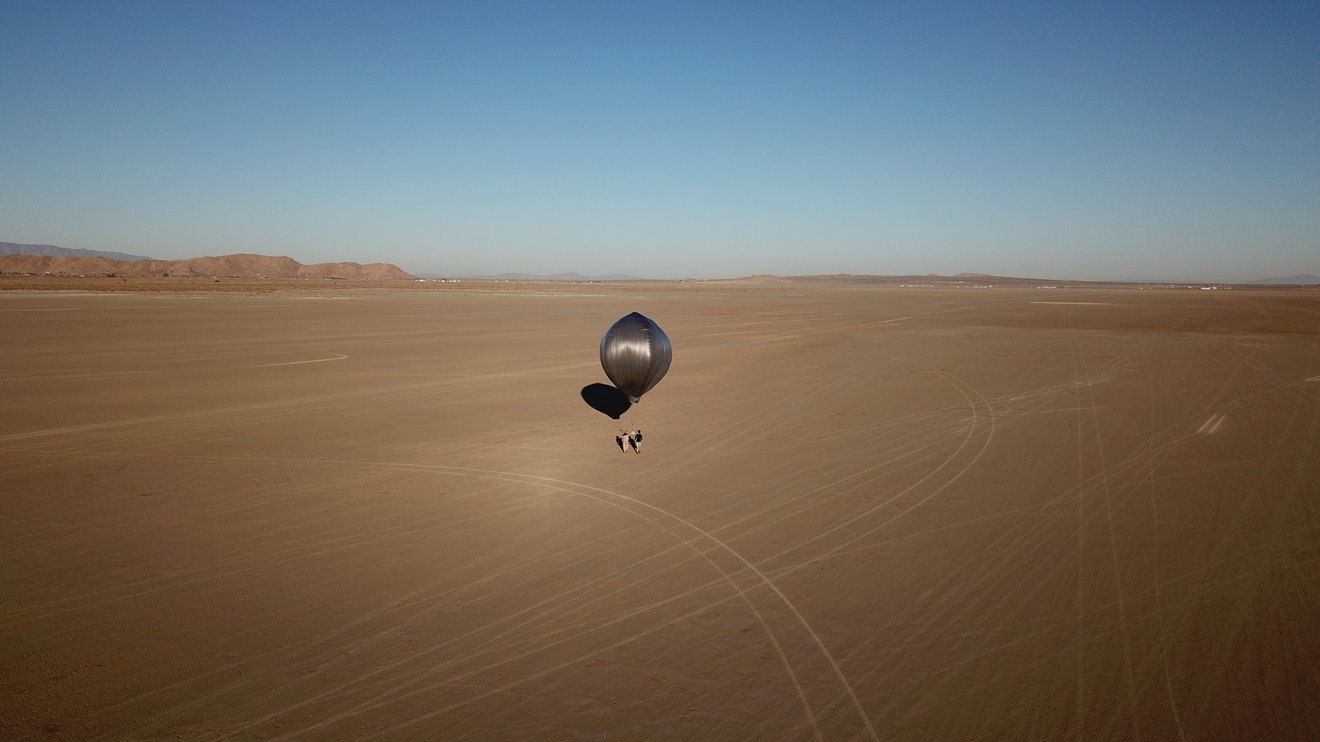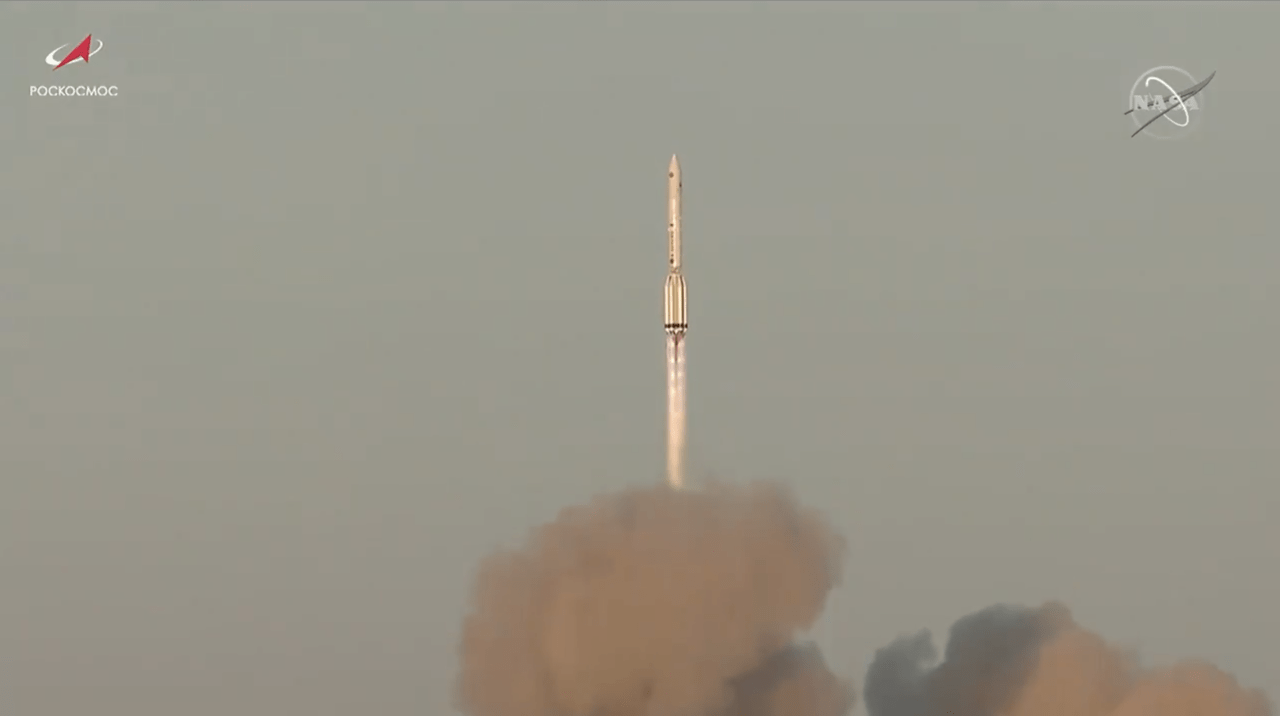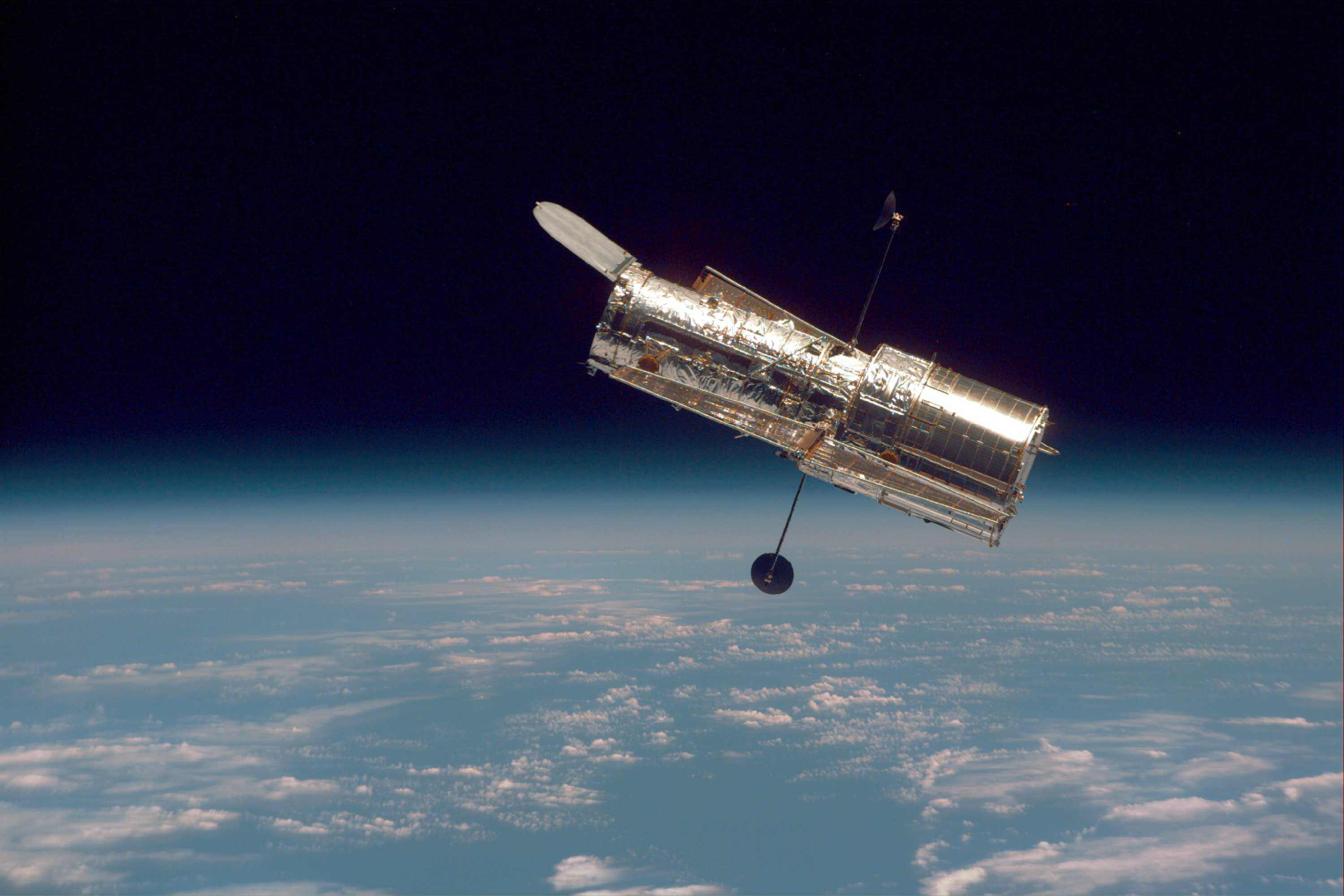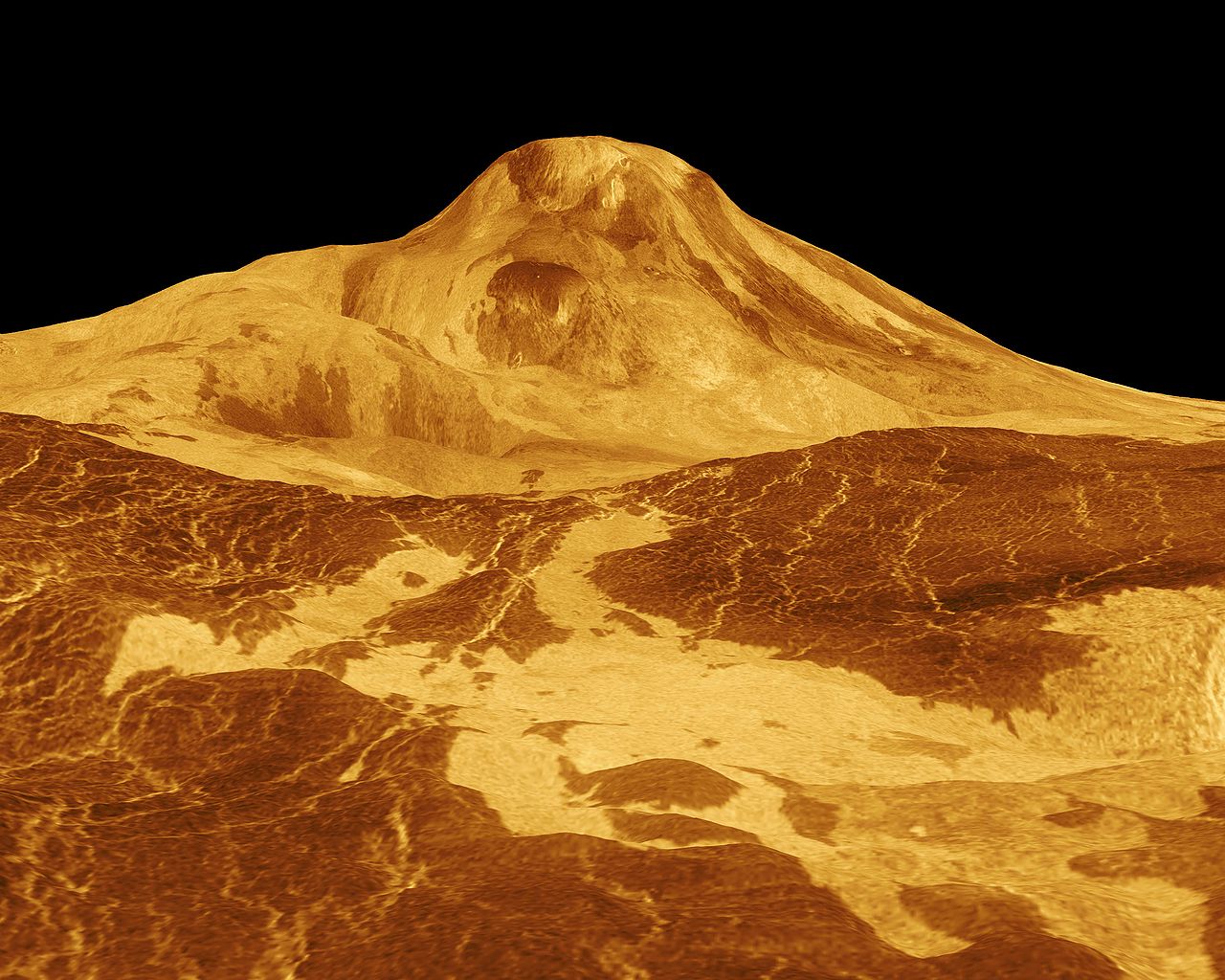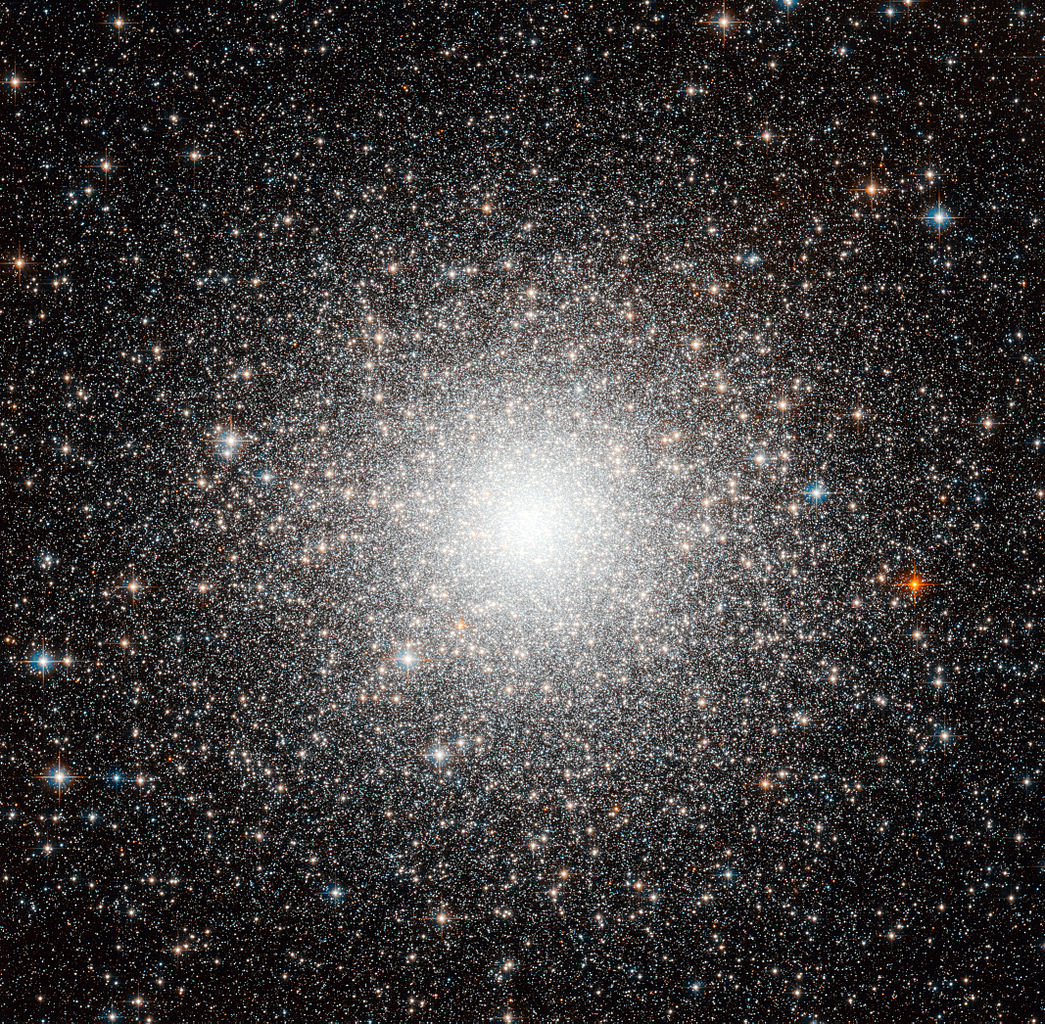On October 19th, 2017, astronomers made the first-ever detection of an interstellar object (ISO) in our Solar System. This body, named 1I/2017 U1 (‘Oumuamua), was spotted shortly after it flew by Earth on its way to the outer Solar System. Years later, astronomers are still hypothesizing what this object could have been (an interstellar “dust bunny,” hydrogen iceberg, nitrogen icebergs), with Harvard Prof. Abraham Loeb going as far as to suggest that it might have been an extraterrestrial solar sail.
Roughly three years later, interest in extraterrestrial visitors has not subsided, in part because of the release of the Pentagon report on the existence of “Unidentified Aerial Phenomena.” This prompted Loeb and several of his fellow scientists to form the Galileo Project, a multi-national, multi-institutional research team dedicated to bringing the search for Extraterrestrial Technological Civilizations (ETC) into the mainstream.
Continue reading “A New Plan to Search for Extraterrestrial Artifacts at Earth and Across the Solar System”

